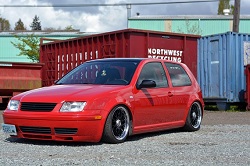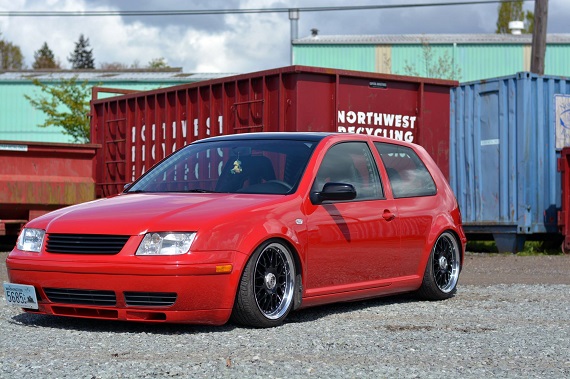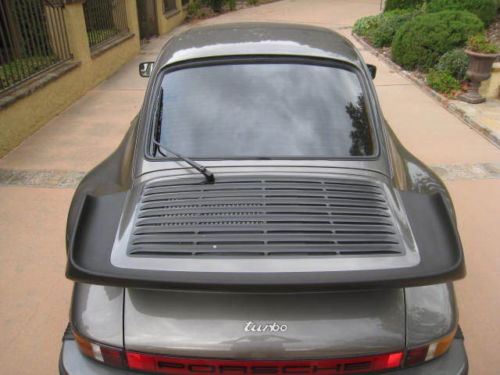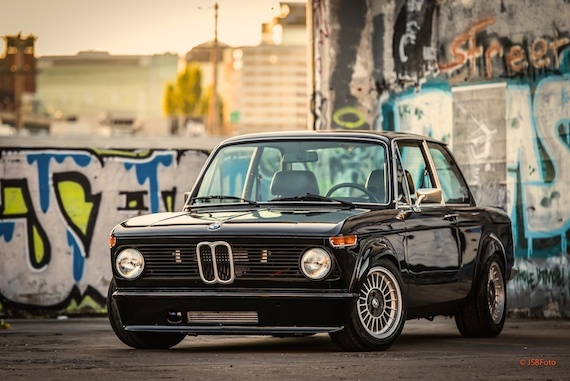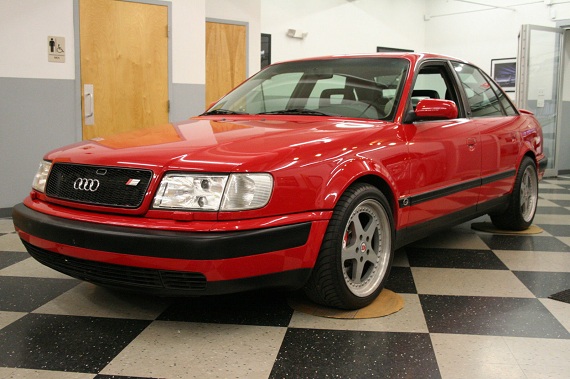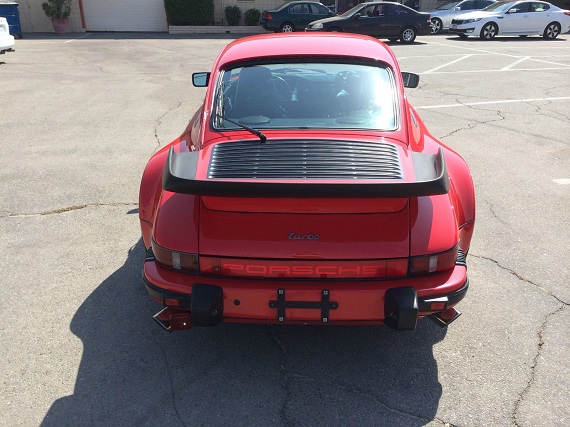I’m a huge fan of many forms of motorsport, but I consider Formula 1 to be the pinnacle of the sport. But, of course, Formula 1 is an unrealistically expensive form of racing for nearly all, and even within the sport there are only 5 or 6 that could win on any given Sunday. On what many would consider the other end of the sport, NASCAR offers millions of adoring fans a spectacle beyond anything Formula 1 can offer. The engineering is kept more affordable and the racing is much closer; even towards the end of the season, the title is often up in the air as nearly any one of the top teams could field one or two drivers that might win. It’s specifically the variation and show that bring fans to NASCAR and will keep them coming. Are the two mutually exclusive? No, I don’t think they are – I might not be the biggest fan of NASCAR, but I can appreciate that it takes a serious talent to be able to drive those cars in the manner in which they are driven.
In many ways, the European tuning scene is very similar. Track enthusiasts typically baulk at the show cars, but there is something that unites them; a passion for cars. That passion can be different and manifest itself in many ways. For some, the ultimate car is a perfectly original example in pristine condition; others modify their cars for track use, compromising their daily driveability. But there is another group of enthusiasts that create show pieces – individualized cars with exhaustive detail work to set themselves apart from the crowd and draw smiles from enthusiasts. These show cars have become and increasingly popular and widespread and show both the range and breadth of expression in automotive passion. One of the most avid groups of enthusiasts are Volkswagen owners, and few cars capture the Zeitgeist of the Volkswagen scene quite as well as this car does:
